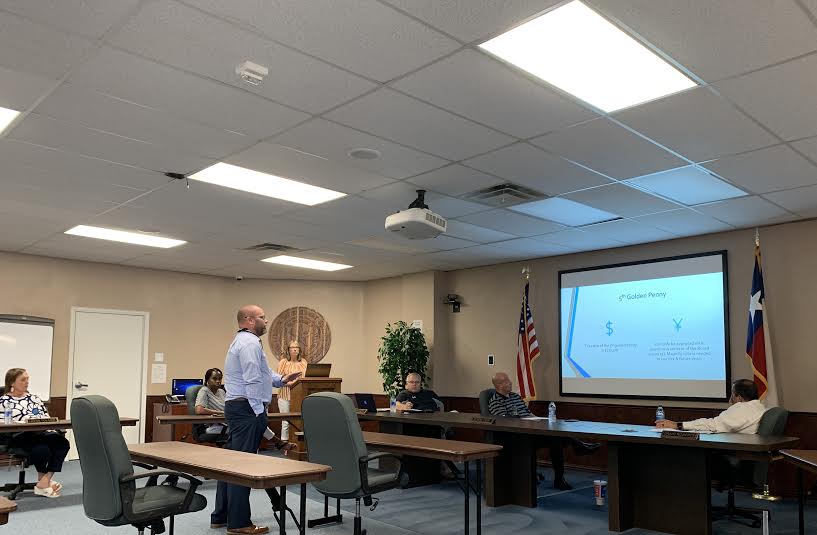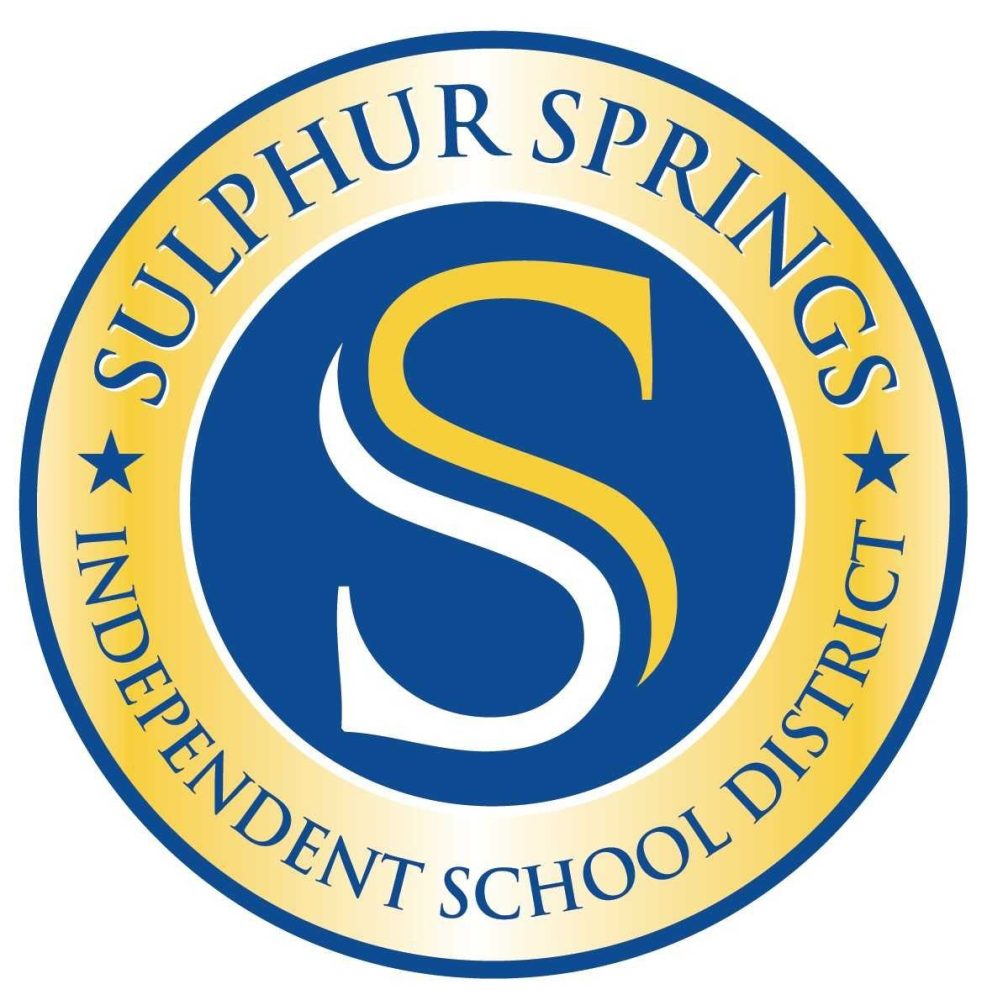School finance is complicated on a good day. Add in changes in legislation, “golden pennies” and a pandemic and the budget process becomes even challenging. That’s exactly what school officials are up against this year. A school financial advisor and assistant superintendent discussed with Sulphur Springs ISD Board of Trustees the complexities of shaping the tax rate this year as federal funding available to help offset funds lost when in-person classes were canceled from Mid-march through the end of the regular 2019-2020 school year.
Tax Rate Process
Lucas Janda with Live Oak Public Finance, financial advisor for Sulphur Springs Independent School district presented information about the 2020-2021 tax rate process to SSISD Board of Trustees during a special board meeting Monday evening.
He noted that House Bill 3 will impact school district’s maintenance and operations tax rates.
Janda said if the property value growth is less than 4 percent for the year, their compression rate will be known. If the property value growth is over 4 percent, the state will determine how much more the district’s tax rate will be compressed.
Senate Bill 2 will also have an impact during the 2020-21 school year, according to Janda.
No district will be allowed to increase funding by more than 2.5 percent over the prior year without a tax ratification election.
Then there’s the whole “golden penny” to be factored in. These are additional funds that districts can seek. The number of golden pennies has increased from 6 to 8 pennies. SSISD accessed 4 “golden pennies” in the 2019-2020 school year.
So what does that mean for school districts as officials work over the summer to develop budgets and tax rates?
Janda says House Bill 3 will require the M&O tax rate to be reduced from $0.97 to $0.9564 if the property value growth within the school district is below 4 percent or to $0.9664 if the 5th golden is desired.
However, if property value growth exceeds 4 percent, the compression rate will be set by TEA, although the district will be allowed to still pursue the 5th golden penny.
Janda said the question then becomes tax management. Schools will have to decide whether to focus on a steady total tax rate. If the district does, then the I&S (debt service) tax rate will increase and excess collections can be used to pay off some bonds early. It could smooth out any I&S increase, if any, needed to fund a bond election, if needed in the future.
The finance official said the value of the “5th golden penny” is estimated at $132,281, but requires unanimous approval of the school board during the 2020-21 school year. A majority vote of the school board would then be needed to seek the 5th golden penny in successive years, as currently outlines.
SSISD officials works through the summer to develop the budget and propose a tax rate to support it. A budget work session was held June 8 to update trustees on progress so far and to receive any additional direction provided by trustees. Another budget work session is slated during the regular July 13 school board meeting.
SSISD Business Manager Sherry McGraw on June 8 presented the first draft of the 2020-21 budget, which she noted are “very preliminary” based on 2019-2020 student counts, estimated 99 percent tax collections and 2020 estimated property tax values. She noted a lot had yet to be figured, including adjustments for new hires, new positions and retirements; changes in tax values; and other funding sources.
With those figures, the overall budget is expected to be pretty tight for the 2020-2021 school year. The June 8 preliminary draft projected revenues at $42,013,770 for the 2020-2021 fiscal year, including $23.9 million in state funding, $14.34 million in local funding and $3.7 million in miscellaneous revenue – TRS on behalf, tax penalties, federal funding, athletics revenue, etc., according to the information provided by McGraw.
SSISD expenses for FY 2020-21 based on the preliminary figures on june 8 were projected to be $42,217,637, including $33,834,948 allocated to payroll.
McGraw assured trustees that school officials would buckle down to tighten up finances in an effort to meet the difference.
Certified tax values won’t be reported until July 25 and the state won’t notify districts what tax rate will be until Aug. 5, according to Janda.
Schools officials, including those at SSISD, will then have the challenge of adjust budgets and present them and tax rates for approval within the allocated dates. Typically, SSISD tries approves the general operating budget and tax rate around Aug. 26 or earlier, ahead of the Sept. 1 start of the new fiscal year.
In short, increased tax values will force the tax rate to go down. The state has a formula that changes frequently, according to Janda, including updating and inputting district information into the lates template provided by the state to school districts.
CARES Funding

Assistant Superintendent Josh Williams also Monday evening informed trustees that an application has been completed for CARES Act funding.
SSISD is eligible for $891,836 in federal funding, which will be presented to the SSISD Advisory Council for review before being submitted.
This will help make up the difference in funding SSISD was expected to have received for average daily attendance by students. After in-person classes were canceled after spring break, SSISD applied for a waiver to be held “harmless” so they will continue to receive funding. The last two years’ numbers are used to figure funding to determine funding to “make us whole.
While there are many different options the funding can be applied toward, SSISD officials intend to use the CARES Act funding for utility expenses – water, sewer, electricity, etc.. That benefits the most students, are necessities for schools and are easily documented for federal reporting purposes.
Williams also reported the district also anticipates filing for additional reimbursement funding available, for March 1-May 30, due to COVID-19. That application process is expected to open in late July. He said the amount the district could potentially receive will vary depending on how many districts apply and for how much.
McGraw said with the reduction in state funding, these additional federal funding should help make up the difference.








